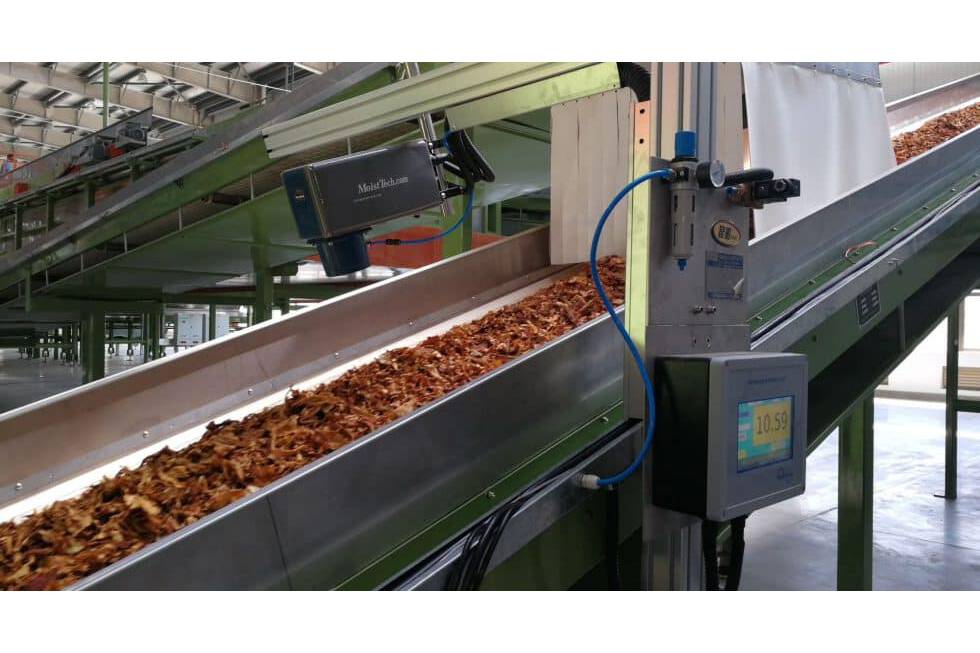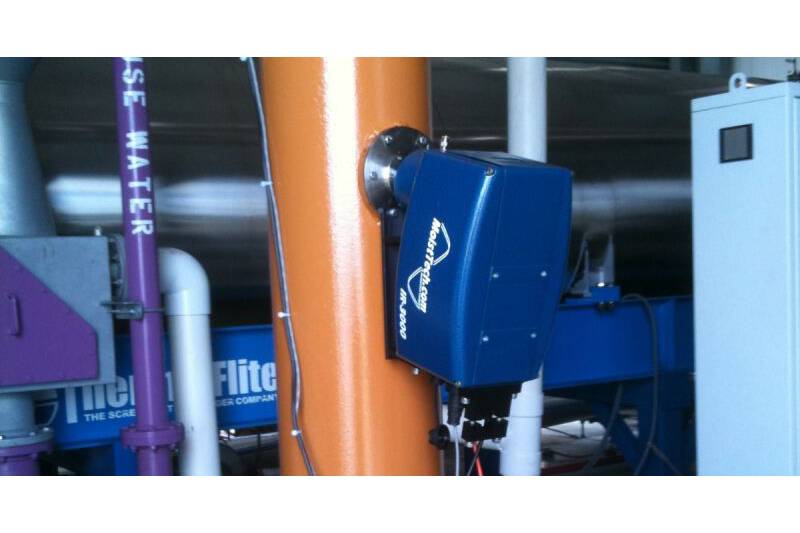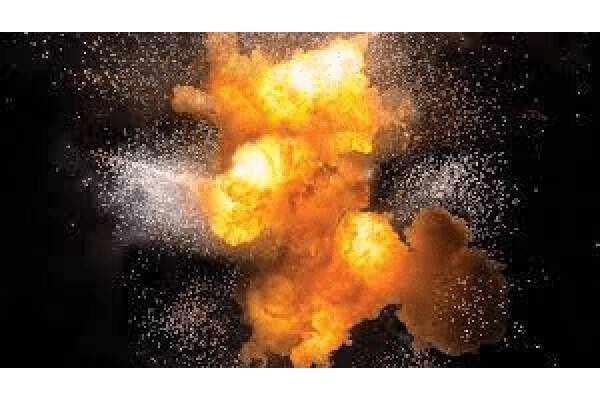Wood & Biomass Moisture: 4 ways to increase plant efficiency
Moisture and wood fuel biomass are vital to each other for minimizing cost, proper operation of biomass boilers, and genuine fuel load assessment.
Minimize cost and increase efficiency. Both manufacturers and producers have this at the forefront of their agenda, especially in today’s economy. Knowing where improvements can be made and implementing increasingly lean operating procedures creates immediate process line results.
Moisture and wood fuel biomass are vital to each other for minimizing cost, proper operation of biomass boilers, and genuine fuel load assessment. Near-infrared (NIR) technology is a great non-contact way to measure moisture content, immediately improving the product and overall efficiency of the plant.
Moisture control becomes crucial in wood and biomass products as excess moisture has impacts that not only affect the product but also the equipment, energy usage, production efficiency, downtime, and more. Wood fuel boilers are optimally designed to operate with fuel of a limited moisture range content. Fuel outside of the tolerated moisture range of the boiler can lead to multiple inefficiencies, increased emissions, and even error the control system. Knowing and maintaining the moisture content is essential to production efficiency and provides multiple immediate benefits.
Minimizing costs is a top priority for producers and thoroughly evaluating methods of reducing waste can reduce wasted efforts, wasted product, and wasted energy.
Proactive Avoidance
Continuous monitoring of moisture content provides proactive avoidance of potential issues caused by out-of-tolerance moisture levels. Delivering the highest quality product by utilizing the diamond standard in NIR moisture detection systems ensures the highest quality of accuracy and repeatability. The sensors are insensitive to material variations such as particle size and material height/color, providing continuous reliable readings with zero maintenance, one-time calibration, non-contact, and a non-drift optical design. Adjustments are made on the fly, producing instant measurements, improving performance, reliability, and consistency.
Dry products create avoidable risk, as do products that are too wet. The pelletizer requires a tolerated moisture range to ensure the proper efficiency of the machine. Excess moisture can cause the pelletizer to malfunction, resulting in significant product loss and downtime on the production line.
Moisture control provides immediate results in reduced transportation costs stemming from excess water, less wear and tear on equipment from ash and dust buildup, and prevents blockages on the conveyor which results in shutting down the boiler. When it comes to challenges faced by plant operators, moisture detection and control is one of the most crucial steps. If there is no current method of moisture measurement in the production process, a large opportunity for increased efficiencies is being missed.
Ultimate Efficiency
Do you currently have the ability to consistently measure 100% of the product being produced? Installing NIR moisture sensors throughout the process makes this easily achievable. Proactive, immediate adjustments are easily made to ensure optimal manufacturing by line personnel while monitoring the process anywhere in the facility.
Maximizing automation and increasing reliability through reducing costs is a major significance for operating personnel and easily achieved through moisture monitoring. Moisture ranges outside of tolerance can unravel important facets of the production process. Each phase of the manufacturing process runs more efficiently with accurate moisture content and provides increasing profits.
Identifying and using the best methods can lessen common problems: warping, claims, checks, and excessive transportation costs.
Why Near-Infrared?
Multiple moisture detection methods exist for industrial processing but not all technology is created the same. Radio-Frequency (RF), weight loss, and probe methods have various factors that need to be considered as they can sometimes provide more of an educated guess than a reliable measurement that can be repeated.
NIR technology is different than others as it does not require being in contact with the product at all - in fact, it is measured approx. 4 - 12 inches away from the product. Non-destructive and precise accuracy also make NIR the number one choice for moisture detection. Very simply, NIR spectroscopy and imaging provide fast, nondestructive analysis of the chemical and physical information in the product. When light hits a product it interacts in various ways; transmitted light will pass through while backscattered light will reflect from the product back to the sensor. Absorption is key to the NIR analysis.
By implementing an NIR moisture sensor, wood and wood fuel product manufacturers can adjust moisture levels on real-time information lowering raw material and fuel costs, higher yields, and more uniform products. NIR offers clear advantages over the traditional methods, most important being ease of use, elimination of hazardous chemicals, and increased efficiency of product testing.
By Sarah Hammond




